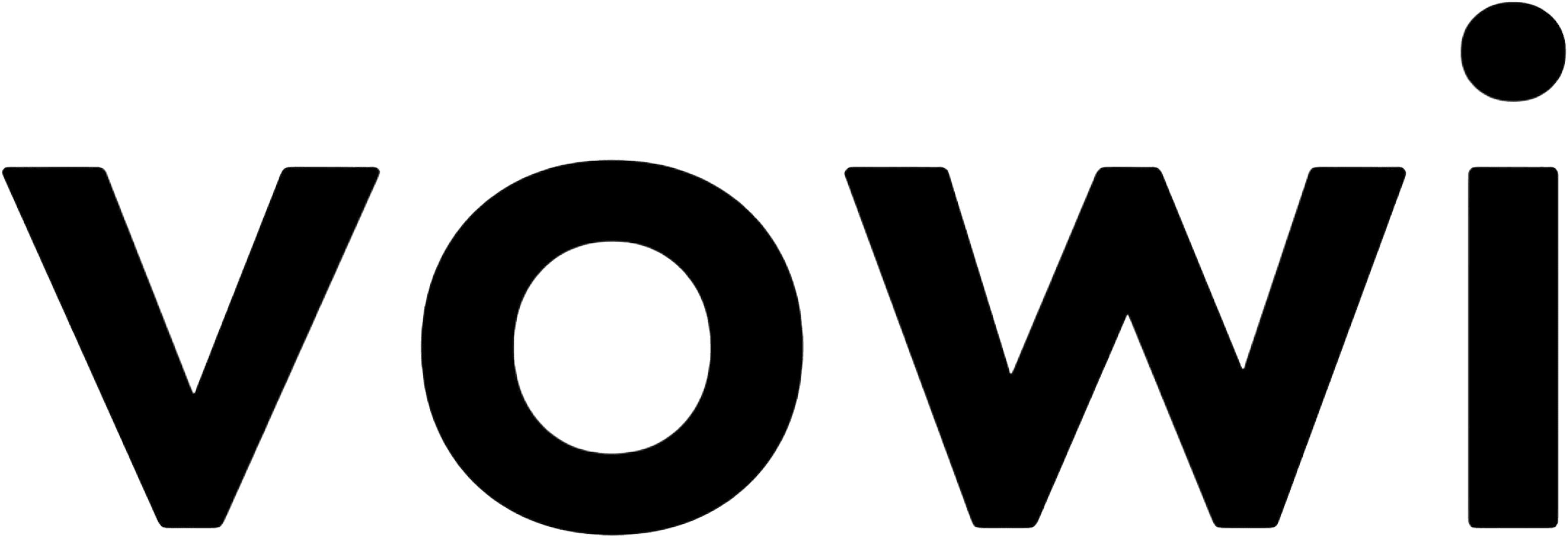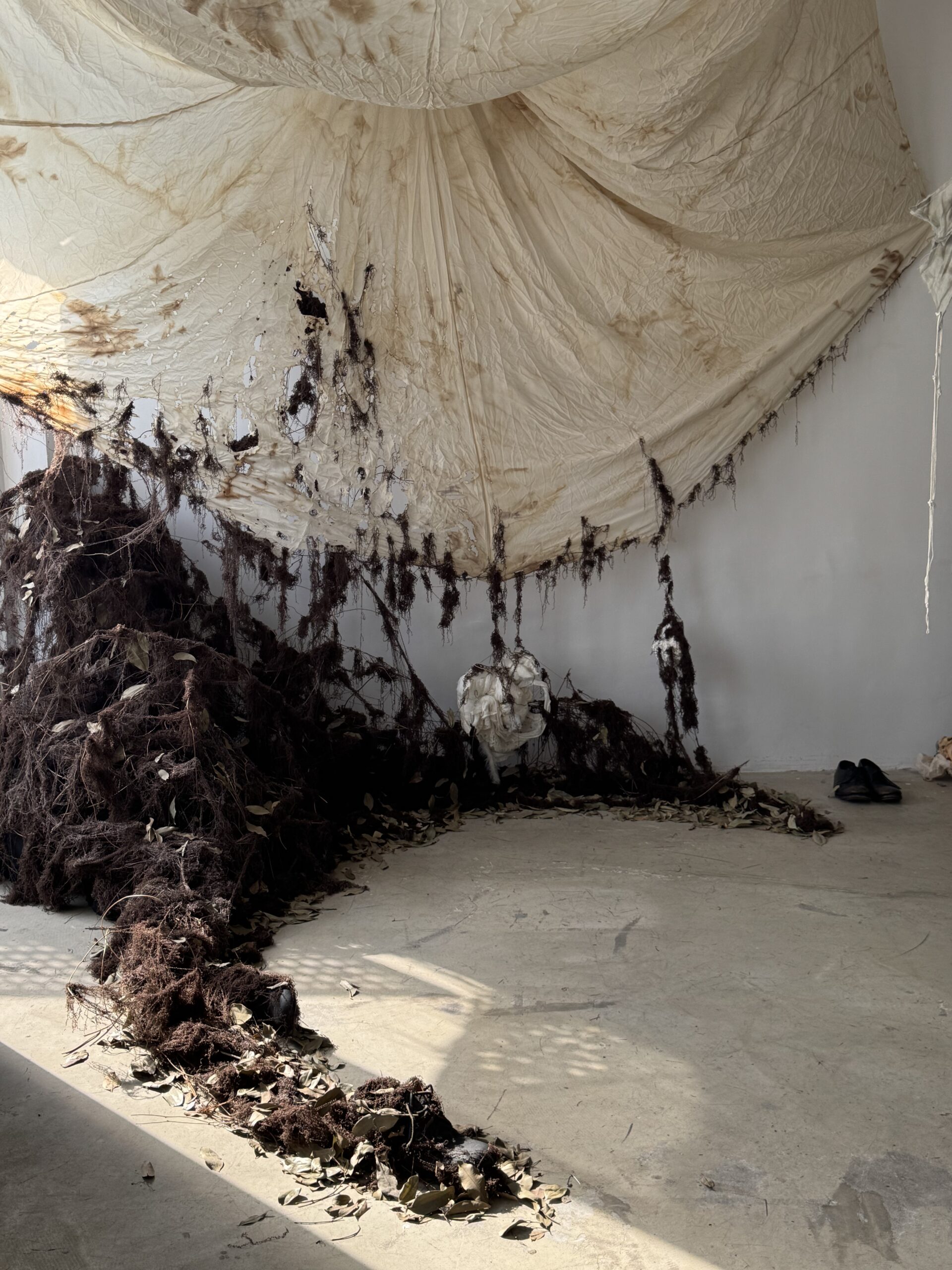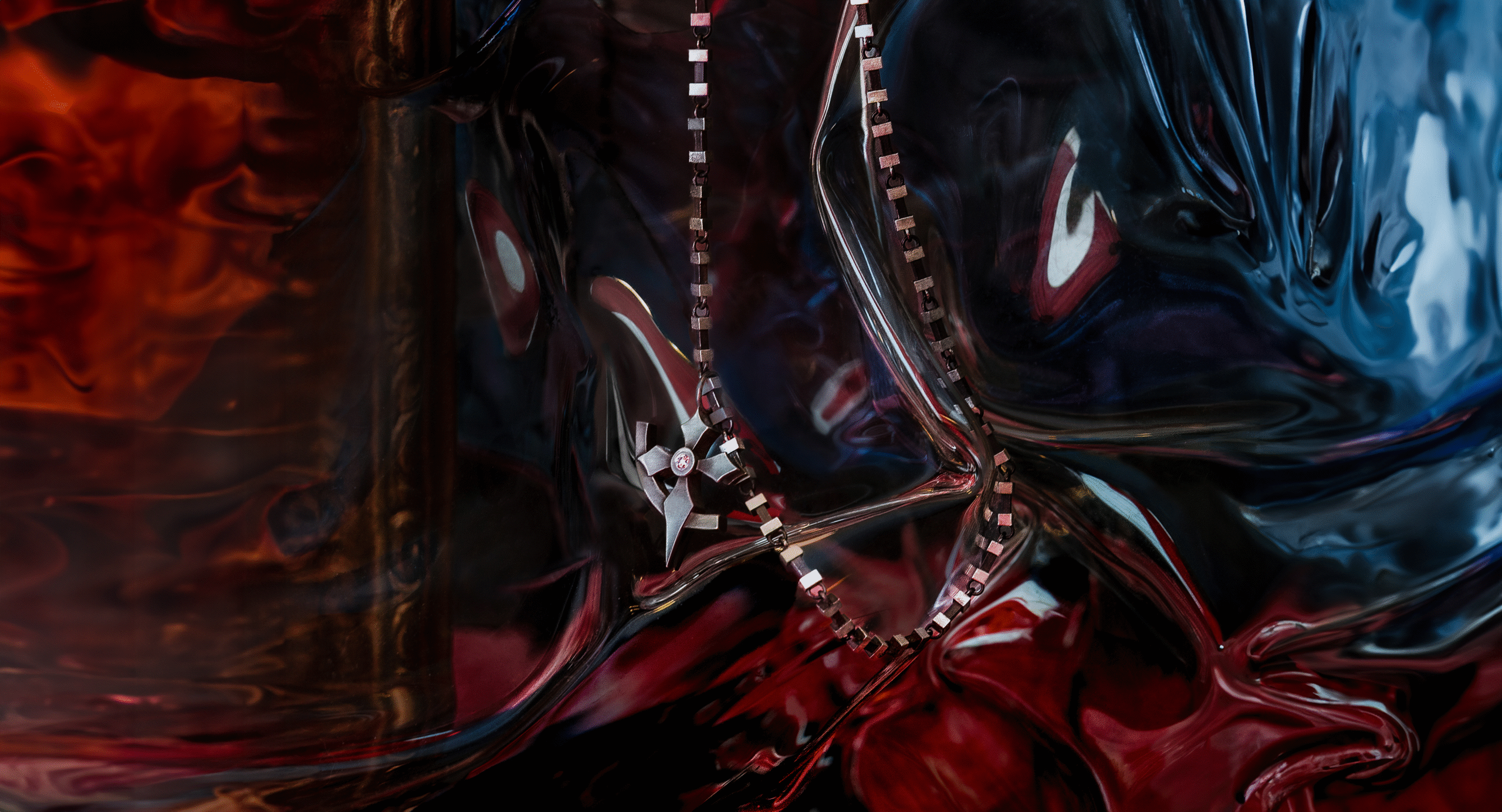
Could you please introduce yourself and share your journey as a photographer?
My name is Linda Leitner, I’m a fashion photographer and directress.
I was born in a small village in the middle of the alps in Austria. Growing up in a winter sports destination, defined my first steps in photography.
A lot of my friends back then were upcoming semi professional snowboarders and freeskiers. The scene was still in its baby shoes and just starting to grow. It all evolved very quickly for me: from taking my dad’s digital camera up the mountain for the first time, to shooting the top athletes of the industry all around the globe.
At the age of seventeen I was already working for well-known brands and sports magazines, and was traveling the world with and for them. Up until then I was completely self-taught. But something was missing for me. I didn’t see my future in sports photography.
In 2013 I then found my way into fashion photography. It felt like the perfect fit to show and express my definitions of aesthetics and felt like the better creative outlet. I assisted several leading international fashion photographers for a couple of years in London, Berlin, Munich and Milan, as light and first assistant, which gave me the opportunity to fully grow, learn and find my own creative path and genre. My ongoing curiosity and eagerness to learn also allowed me to expand my skills and knowledge towards moving image and film direction during this time.
Now I am known for my naturalistic yet minimalistic style to photography. I am based between Munich and Paris, and work for clients and publications like Vogue Germany, Vogue Ukraine, Jil Sander, L’Oreal, Dior Beauty,…


How did your childhood experiences influence your current taste in photography?
I grew up in all nature, surrounded by lushness of green, water, rough mountains. Whenever I look back to my childhood, I remember us kids being outside. My parents taught me and my brother a lot of independency and the experiences of being in all those terrains and in touch with nature, taught us not to fear new things. It definitely influenced me as a person and my mindset strongly. But I can only guess that my love for natural light, or natural looking light, comes also from my countless hours outside.


Have your tastes and preferences in photography evolved over time? How?
Definitely! First, my shift from sports photography to fashion was a big step of change. But then also assisting top people in the industry and being surrounded by amazing imagery everyday, has trained my mind’s eye and shaped my vision and also aesthetics a lot. This learning time has also shown me to really engage and converse
intensely with your own work to evolve.

Are you interested in other forms of art, such as painting, architecture, or music?
If so, which creators or works do you admire and why? Totally. I draw a lot of inspiration out of contemporary art, but also architecture. I am a huge admirer of Bauhaus architecture, like Mies van der Rohe or Le Corbusier. The symmetries and graphical elements give me a sense of calmness. But when traveling or walking around cities, I also get drawn a lot to brutalistic architecture. I love the roughness of it.

Do you prefer film or digital photography?
What are the reasons for this preference? I do prefer film – but I got into it quite late. I learned the digital way of work, up until I stopped assisting. I then shifted to film photography mainly. I love the slowness of the process. It makes you interact and take a closer look with your own photographs a lot more. I feel like you put much more thoughts into the process of image selection, but also colors while printing.
It also takes away the rush during shooting.


What do you consider the most important element to focus on when taking a photograph?
Definitely the person in front of my lens. My photographs mostly show a sense of intimacy or at least my idea of it. I want to show the person in front of my lens as who they are. I want them to feel comfortable in front of the lens and to be themselves – to be part of the process.
Secondly I focus a lot on light. Light is a big and important part in my photography. I love creating a light set up suiting my vision of the project and also show the person in a raw, but beautiful way.


How do you direct your subjects during portrait photography?
For me my subject is a big part of the process during shooting, and a part of the team.I also explain my vision and concept upfront. During shooting a give directions, but I also try to give the person quite some freedom to act and move in their own ways, so they can show their personality in this whole concept.
What I certainly say a lot to my models, that they should keep moving. Keep the motion fluid and keep going while I shoot. I don’t like the concept of pose after pose.
What is your process of conceptualizing and completing a photography project from start to finish?
Whenever a new project comes up, I try to fully immerse into the idea and the concept. I spend a lot of time mood boarding, looking for inspiration online, but also offline through walks, daily things and talks.
I draw inspiration from a lot of random things. I store so many random images taken with my phone, from patterns, light-shadow plays, sceneries, colours,.. which later serve as inspiration or spark an idea.
Then I thoroughly plan the shoot, from equipment, location, set design and light, to organizing my team which fits the concept or put out recommendations to the client if needed. On the day of the shoot I try to focus on the concept, but always give a little space for things and paths to evolve during the shoot with the whole team.
Since I’m mostly shooting film, I then develop my rolls of film and scan them afterwards to make a selection. After this I spend probably half a day to a full day in the lab/darkroom to enlarge my images and create handprints from it. It’s a very slow and thoughtful process. Afterwards I scan the prints and digitalize them for retouch to finalization.
























